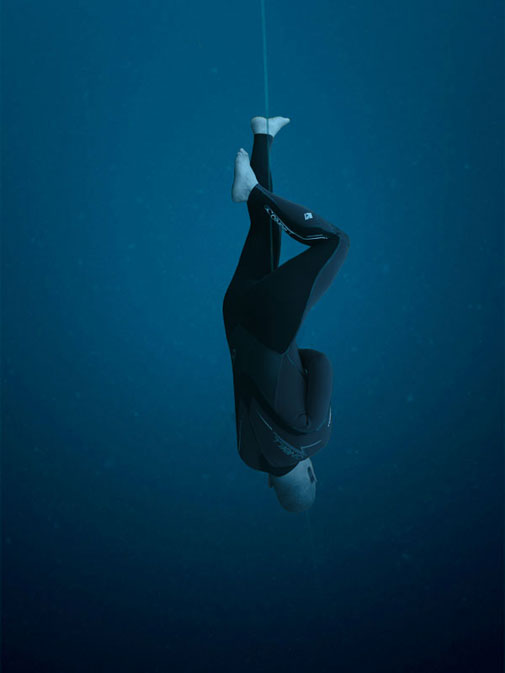Breathing Understudy

There’s been no shortage of news about contentious disputes in the sea these days, enough to put to rest the notion of the sea as an uncharted territory, where geopolitical divisions would be less rigorous than those at work in the land. If anything, the sea brings about a doubling of surfaces to be subjected to systemic control. But it also multiplies the number of possibilities of circumventing regulatory measures. Among the range of such underground activities, unauthorized migration clearly delineates the many boundaries that are put in place to police what is essentially a contiguous field.
Contrary to the profit enhancing motive of the capitalist who ships production to where labor is more easily exploitable, the migrant worker is moved by the predicament of finding elsewhere the conditions of survival that are lacking in the place of origin. The relation between these two figures is symbiotic. The freedom to move of the former rests on inhibited capacity to migrate of the latter. In the sea, the main deterrent is given by the risks of drowning during the crossing journey, the oft reported result of capsized boats. An antecedent for this fate is to be found in the Villeins, the most common type of serfs in the Middle Ages, who were hand-tied and thrown into water as punishment for attempting to escape tyrannical working conditions. While today’s mechanisms are more sophisticated, the results are as crude as ever.
While the drowning event produces a singular mental image of a lifeless-looking body immersed in water, there is another experience coming from the world of sports that produces a very close resemblance, indeed a doubling of this image. Practitioners of Static Apnea dive into water without the aid of any air breathing apparatus and attempt to stay immersed for as long as they can withstand to hold their breath. It is essentially an exercise in endurance and control of the body’s inherent ability to slow down and subsist temporarily with less oxygen.
Alex Villar
Alex Villar Born in Brazil ‘62, based in New York, MFA from Hunter College ‘98 and Whitney ISP fellow 2000. Villar’s work draws from interdisciplinary theoretical sources; it employs video, installation and photography. His individual and collaborative projects are part of a long-term investigation of potential spaces of dissent in the urban landscape; it has often taken the form of an exploration of negative spaces in architecture.
Selected exhibitions include the New Museum, Mass MoCA, Drawing Center, Exit Art, Stux Gallery, Apexart and Dorsky Gallery in New York; Institute of International Visual Arts in London, Museu de Arte Moderna in Sao Paulo, Galleri Tommy Lund and Overgaden in Copenhagen, UKS in Oslo, Contemporary Art Centre in Vilnius, the Goteborg Konstmuseum in Sweeden, Galerie Joanna Kamm in Berlin, Signal in Malmo, Galeria Arsenal in Poland, Lichthaus in Bremen and Halle fur Kunst in Luneburg. Published articles and reviews in ReMarx, Text zur Kunst, Tema Celeste and New York Times.